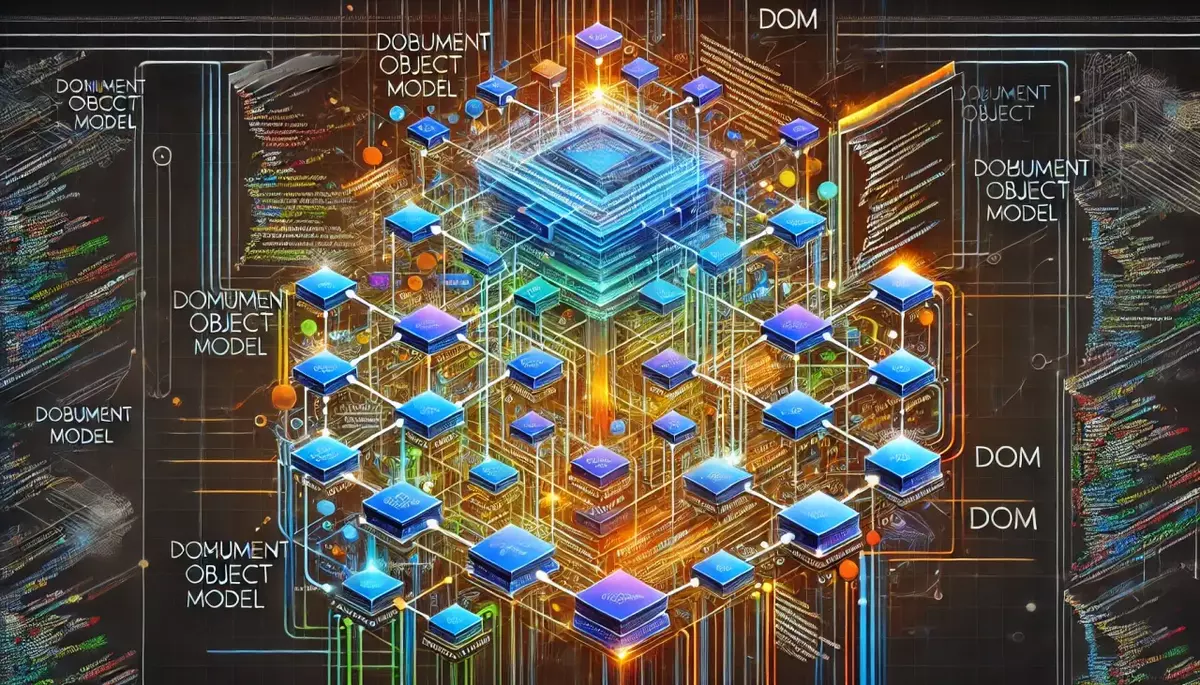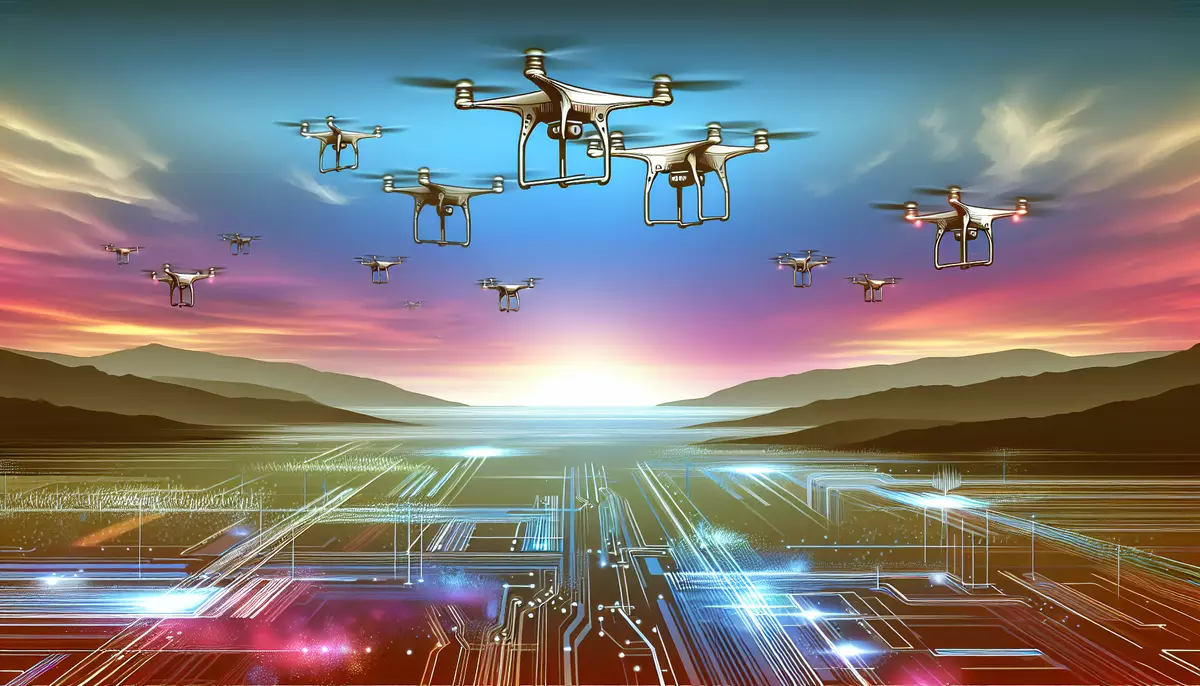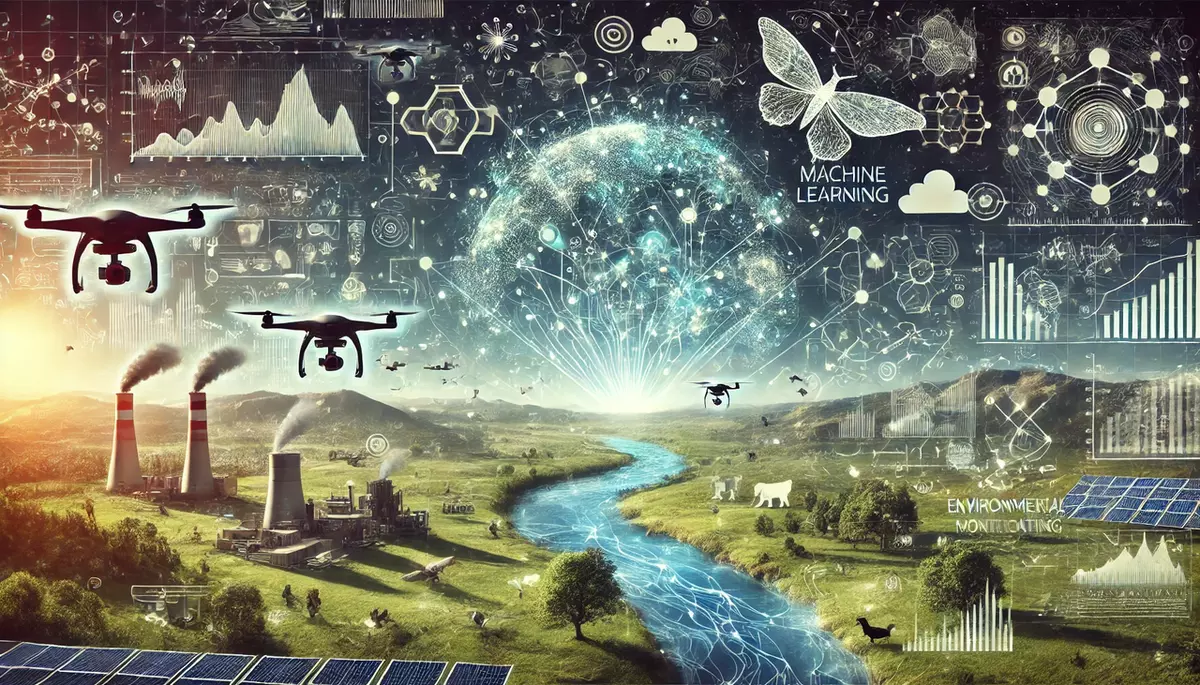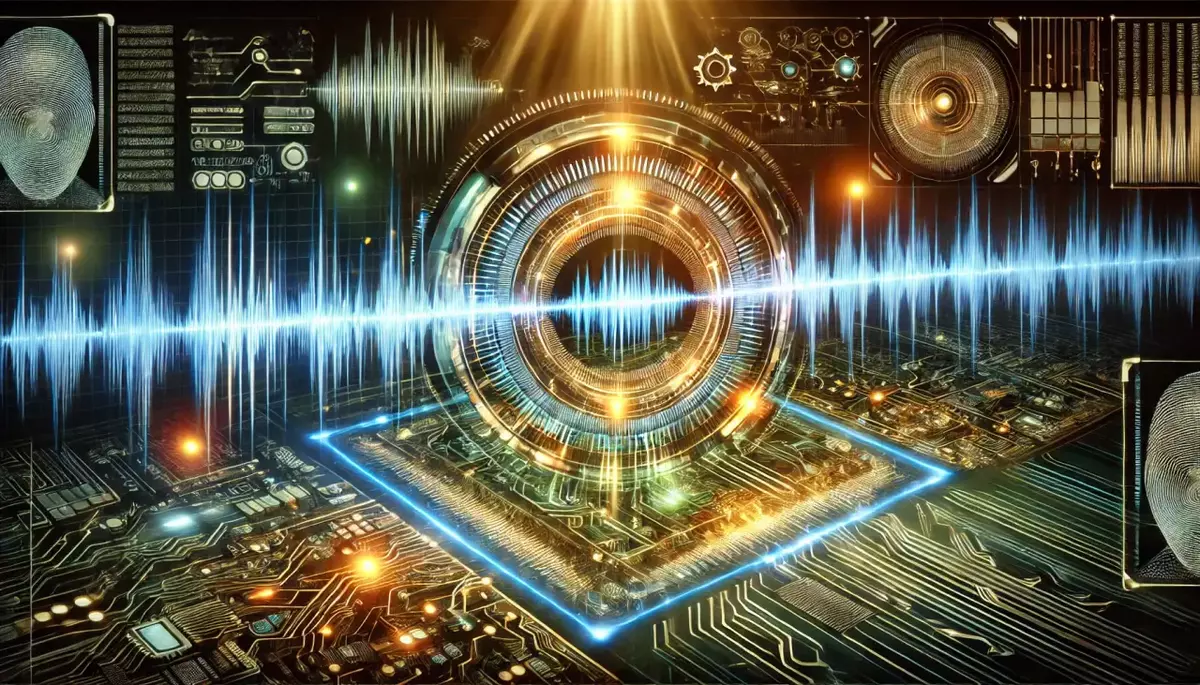Introduction
Drone-based infrastructure inspection is an emerging technology that leverages unmanned aerial vehicles (UAVs) to assess the condition and integrity of various infrastructure assets, such as bridges, buildings, power lines, and pipelines. This knowledge article explores the key aspects of this innovative approach, including its benefits, applications, and the technological advancements driving its adoption.
What is Drone-Based Infrastructure Inspection?
Drone-based infrastructure inspection involves the use of UAVs equipped with high-resolution cameras, sensors, and other specialized equipment to gather detailed data about the condition of infrastructure assets. This data can then be analyzed to identify potential issues, monitor changes over time, and inform maintenance and repair decisions.
Key Features of Drone-Based Infrastructure Inspection:
- Aerial Accessibility: Drones can access areas that are difficult or dangerous for human inspectors to reach, such as the underside of bridges or the tops of tall buildings.
- High-Resolution Imaging: Advanced camera systems on drones can capture detailed, high-quality images and video footage of infrastructure components.
- Sensor Integration: Drones can be equipped with a variety of sensors, including thermal cameras, LiDAR, and ultrasonic sensors, to gather comprehensive data about the infrastructure’s condition.
- Automated Inspection: Drones can be programmed to follow pre-determined flight paths, allowing for consistent and efficient data collection.
Benefits of Drone-Based Infrastructure Inspection
Drone-based infrastructure inspection offers several advantages over traditional inspection methods, including:
Improved Safety:
Drones can access hazardous or hard-to-reach areas, reducing the need for human inspectors to put themselves in potentially dangerous situations.
Enhanced Efficiency:
Drone-based inspections can be conducted more quickly and at a lower cost compared to traditional methods, such as manual inspections or the use of heavy equipment.
Increased Accuracy:
The high-resolution imaging and sensor capabilities of drones can provide more detailed and accurate data about the condition of infrastructure assets.
Continuous Monitoring:
Drones can be used to regularly monitor infrastructure, allowing for the early detection of issues and the ability to track changes over time.
Applications of Drone-Based Infrastructure Inspection
Drone-based infrastructure inspection has a wide range of applications across various sectors:
Transportation Infrastructure:
- Bridges and overpasses
- Highways and roads
- Railways and tunnels
Energy Infrastructure:
- Power lines and transmission towers
- Oil and gas pipelines
- Wind turbines and solar farms
Building and Construction:
- High-rise buildings and skyscrapers
- Industrial facilities and warehouses
- Construction progress monitoring
Environmental Monitoring:
- Coastal and riverine infrastructure
- Dams and levees
- Landfills and waste management sites
Technological Advancements in Drone-Based Infrastructure Inspection
The field of drone-based infrastructure inspection is rapidly evolving, driven by advancements in the following areas:
Drone Capabilities:
Improvements in battery life, payload capacity, and flight time are enabling drones to cover larger areas and perform more extensive inspections.
Sensor Technology:
The development of more sophisticated sensors, such as high-resolution cameras, thermal imagers, and LiDAR, is enhancing the quality and depth of data collected during inspections.
Data Analysis and Automation:
Advancements in artificial intelligence, machine learning, and data processing algorithms are enabling the automated analysis of inspection data, streamlining the identification of issues and the generation of reports.
Regulatory Frameworks:
Evolving regulations and guidelines for the safe and responsible use of drones in infrastructure inspection are supporting the wider adoption of this technology.
Challenges and Considerations
While drone-based infrastructure inspection offers many benefits, there are also some challenges and considerations to address:
Regulatory Compliance:
Operators must comply with local and national regulations governing the use of drones, including obtaining necessary permits and licenses.
Data Security and Privacy:
Measures must be taken to ensure the secure storage and handling of the sensitive data collected during drone-based inspections.
Operational Limitations:
Factors such as weather conditions, battery life, and line-of-sight requirements can limit the effectiveness and efficiency of drone-based inspections in certain situations.
Conclusion
Drone-based infrastructure inspection is a transformative technology that is revolutionizing the way infrastructure assets are monitored and maintained. By leveraging the unique capabilities of UAVs, this approach offers significant improvements in safety, efficiency, and data accuracy, making it an increasingly valuable tool for infrastructure management across a wide range of sectors. As the technology continues to evolve, the potential applications and benefits of drone-based infrastructure inspection are expected to grow, driving further advancements in this exciting field.
This knowledge base article is provided by Fabled Sky Research, a company dedicated to exploring and disseminating information on cutting-edge technologies. For more information, please visit our website at https://fabledsky.com/.
References
- Ellenberg, A., Kontsos, A., Bartoli, I., & Pradhan, A. (2014). Masonry crack detection application of an unmanned aerial vehicle. In Computing in Civil and Building Engineering (2014) (pp. 1788-1795).
- Eschmann, C., Kuo, C. M., Kuo, C. H., & Boller, C. (2012). Unmanned aircraft systems for remote building inspection and monitoring. In 6th European Workshop on Structural Health Monitoring (pp. 1-8).
- Hallermann, N., & Morgenthal, G. (2014). Visual inspection strategies for large bridges using Unmanned Aerial Vehicles (UAV). In Bridge Maintenance, Safety, Management and Life Extension (pp. 661-667).
- Metni, N., & Hamel, T. (2007). A UAV for bridge inspection: Visual servoing control law with orientation limits. Automation in construction, 17(1), 3-10.
- Seo, J., Duque, L., & Wacker, J. (2018). Drone-enabled bridge inspection methodology and application. Automation in Construction, 94, 112-126.


























